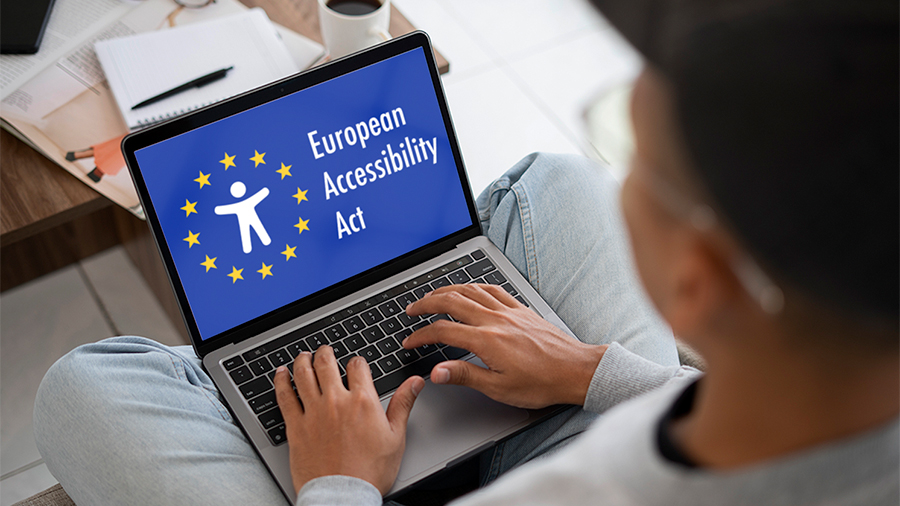The European Accessibility Act 2025: What It Means for Your Website
From June 2025, many websites in the EU will be legally required to meet accessibility standards under the European Accessibility Act (EAA). This law aims to make digital content more inclusive and accessible for people with disabilities — a major step forward for digital equality.
If your business is affected, now is the time to prepare.
What is the European Accessibility Act (EAA)?
The EAA is a piece of EU legislation designed to ensure that essential digital products and services are accessible to all users, including people who are blind, deaf, or have motor or cognitive impairments. For websites and digital services, this means aligning with WCAG 2.1 Level AA standards — the internationally recognised benchmark for digital accessibility.
Types of services and websites likely impacted include:
- E-commerce platforms
- Professional services (e.g., doctors, solicitors, accountants)
- News/media and publishing
- Telecommunications services
Who Needs to Comply?
You will need to comply if:
-
Your business has more than 10 employees or your annual turnover or balance sheet exceeds €2 million, and
-
You sell to or operate within the EU in one of the impacted sectors listed above.
This applies whether you are based in the EU or simply offer goods or services to EU customers online.
What About Microenterprises?
If your business has fewer than 10 employees and makes less than €2 million annually, you are considered a microenterprise and are exempt from compliance with the EAA in 2025.
That said, it’s still wise to adopt accessibility best practices as your business grows and to offer a better experience for all users in the meantime.
Does the EAA Apply to Social Media?
The EAA doesn’t directly regulate social media platforms (e.g., Facebook or Instagram), but if your business uses social media for marketing or customer service, your content should be accessible.
This includes:
- Adding alt text to images
- Providing captions for videos
- Writing clear, concise descriptions
- Avoiding key information in images alone
Accessible social media content helps you reach a broader audience and aligns with the EAA’s spirit of inclusivity.
Can You Apply for a 2030 Extension?
Yes, the EAA allows for a transition period until 2030 for businesses that need more time to implement changes. This is especially useful if your website needs a full rebuild or complex system updates.
Details and deadlines for requesting an extension vary by EU member state, so it’s important to check your local authority’s guidance.
What Steps Should You Take?
If you’re required to comply, here’s how to get started:
- Audit Your Website’s Accessibility
Use tools like WAVE, Axe, or Lighthouse to evaluate your website’s current status. - Ensure Your Team is Up to Speed
Make sure your web developers and content creators understand WCAG 2.1 standards. - Redesign If Necessary
If your current website isn’t compliant, you may need to update key components or consider a full redesign. - Make Ongoing Accessibility Part of Your Workflow
Accessibility isn’t a one-off task, it’s an ongoing practice. Build it into your publishing and development process.
Why Accessibility is Good for Business
Improving accessibility:
- Broadens your potential audience
- Enhances SEO and usability
- Demonstrates social responsibility
- Reduces legal risk
Approximately 1 in 5 people benefits from better web accessibility, and in many cases, accessibility improvements lead to a better experience for all users.
Need Help?
If your business is affected and you’re unsure where to start from a web design perspective, feel free to get in touch. At BrainStorm Media, we can help assess your current website and guide you through the changes needed to meet compliance, or even future-proof your site beyond the legal minimum.
Disclaimer
This blog post is intended for general guidance only and does not constitute legal advice. We’ll continue to update this post as more details emerge or if the rules change, so feel free to check back.

